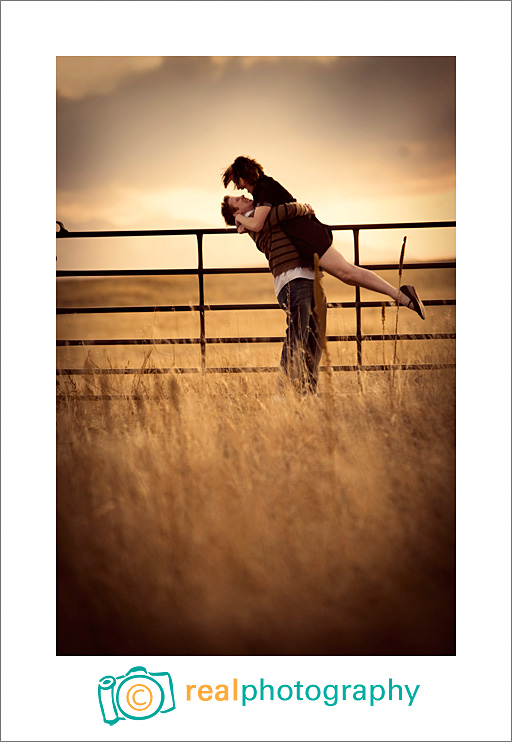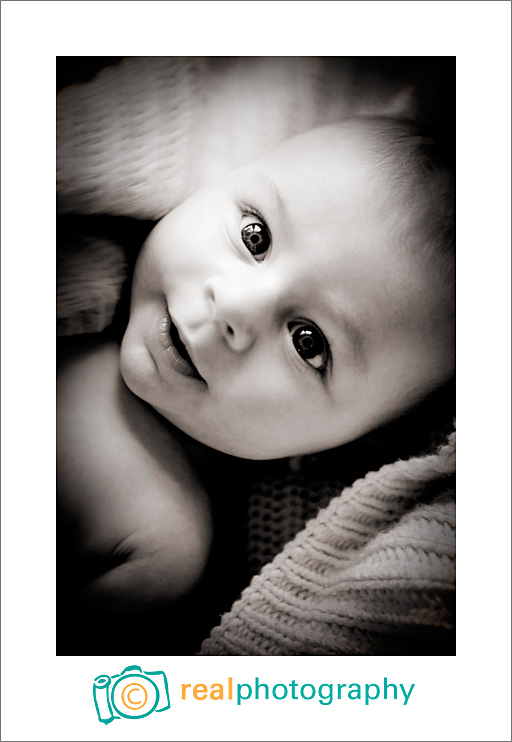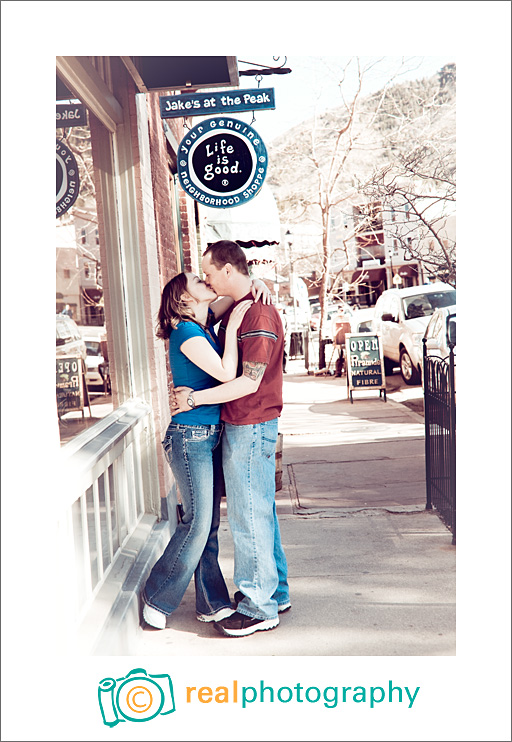Continuing in our lens extravaganza…today I’ll go over my lens recommendations for different budgets/situations (another post most useful for Canon photographers–sorry)!
Recommendation #1: Don’t buy the kit lens by default.
The kit lens that Canon bundles with their dSLRs has increased in quality in the last couple of years, but if the lens isn’t a useful focal length for you or fast enough, it is still a waste of money. If it was me buying my first dSLR, I would buy the camera body only and pick the lenses I want to use and just buy those (which is what we did).
Recommendation #2: www.the-digital-picture.com is your best friend.
This is my all time favorite review site. Great in-depth reviews about Canon photography gear. This lens comparison feature is the coolest thing ever. Plug in two different lenses in the top two boxes, then select a focal length and aperture, and you get to compare the sharpness of the two lenses by moving your curser over the image and then back off to the side (don’t feel badly if you didn’t figure that part out straight away–I wasn’t so quick on figuring that out, either). It becomes very clear exactly what a difference a good lens makes!
Recommendation #3: Pay attention to how you like to take pictures
Will your camera mainly be brought out for vacation, or outdoor pictures, or macro shots, or inside pictures? The way you like to take pictures will make or break a lens for you. No matter how much my photographer heros love the 85mm f/1.8, it didn’t change the fact that it didn’t work for how *I* like to take pictures. So these recommendations may work for you, but they may not. Do plenty of research on the pros and cons of any lens you’re considering and then think about whether those pros and cons are important to your style.
Recommendations for your first lens, your everyday lens
Unless you’re a Rockefeller, you are probably wanting to buy just one lens to start out. This is a great way to go. You can become a lens collector and slowly add to your camera bag in a way that doesn’t make your checking account cry.
Or better yet, get your spouse equally addicted and you can start buying each other camera equipment for every holiday, anniversary, and birthday. Just remember that even if you bought a particular piece of equipment for your husband for his birthday, it’s still yours. And whatever he buys you for Christmas is also yours. It’s just all yours.
If your budget is tight – camera body + 50mm f/1.4
If you are looking to take pictures of your family and plan on being indoors for a goodly percentage of those pictures (the every day stuff), you cannot go wrong with this combo. I could be very happy taking our family pictures with just my 20d and 50mm f/1.4.
Do not attempt to save $100 and buy the 50mm f/1.8. The f/1.8 does not have pretty bokeh, and apparently it manages to fall apart all over the place. Invest a teeny tiny bit more and get a truly fantastic lens.
If your budget has a little more wiggle room – camera body + 24-70mm f/2.8 L
This was my first lens and first love. The image quality is fantastic, and the extra range of the 24-70 focal length is great. The 24-105mm IS also gets wonderful reviews, but I would miss the extra background blur you can get from having f/2.8 as an option. When I’m taking indoor pictures, background blur is my friend. I don’t need all of my relatives seeing exactly how many piles of laundry are in the background. Much better for them to be just blobs of color.
Next up– telephoto time
Your first lens needs to be an all-around lens with an easy focal length for everyday shots. But you’ll probably find that you are wanting to add a telephoto lens to the mix to be able to reach the animals at the zoo a little better, or sneak shots of your kids in the living room while you’re standing in the kitchen.
I could make out with my 70-200 f/2.8 IS lens, but it’s the sort of lens that you have to sell your firstborn child for. The 70-200 f/4 IS lens is $700 cheaper, lighter, and even a bit sharper. You’re probably not going to be using this lens indoors anyway (too much zoom), so unless you’re planning on shooting weddings in a church, the f/4 IS should cover you.
And then — going wide
Everyone needs to find their own priority list for lenses, but in my list, wide angles go toward the bottom. I think they are the hardest lenses to use well, the least flattering, and therefore the ones I pull from my bag the least often.
The tough thing about 1.6 FOVCF camera bodies is that it makes “normal” lenses out of wide angle lenses. In order to get a truly wide angle from a 40d or Rebel, you’ll want the 10-22mm EF-S lens.
***
I hope that was helpful! Let me know if you have any specific questions. I’ll be answering a few next week!




